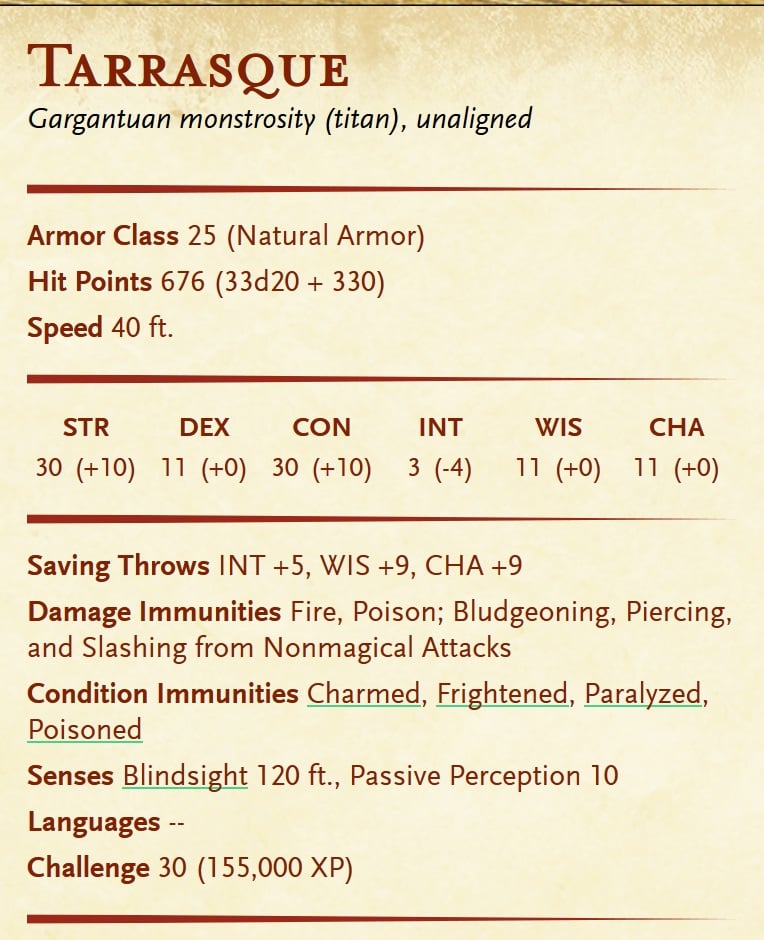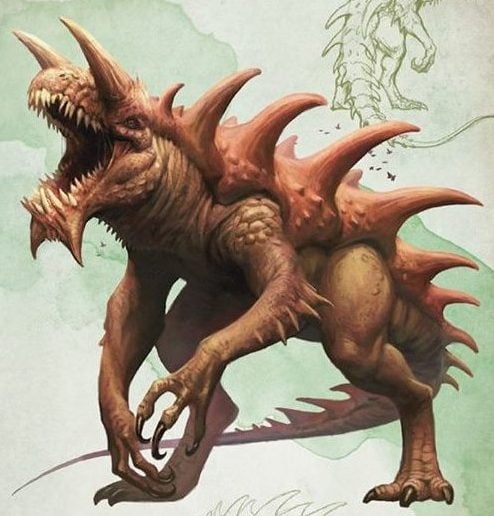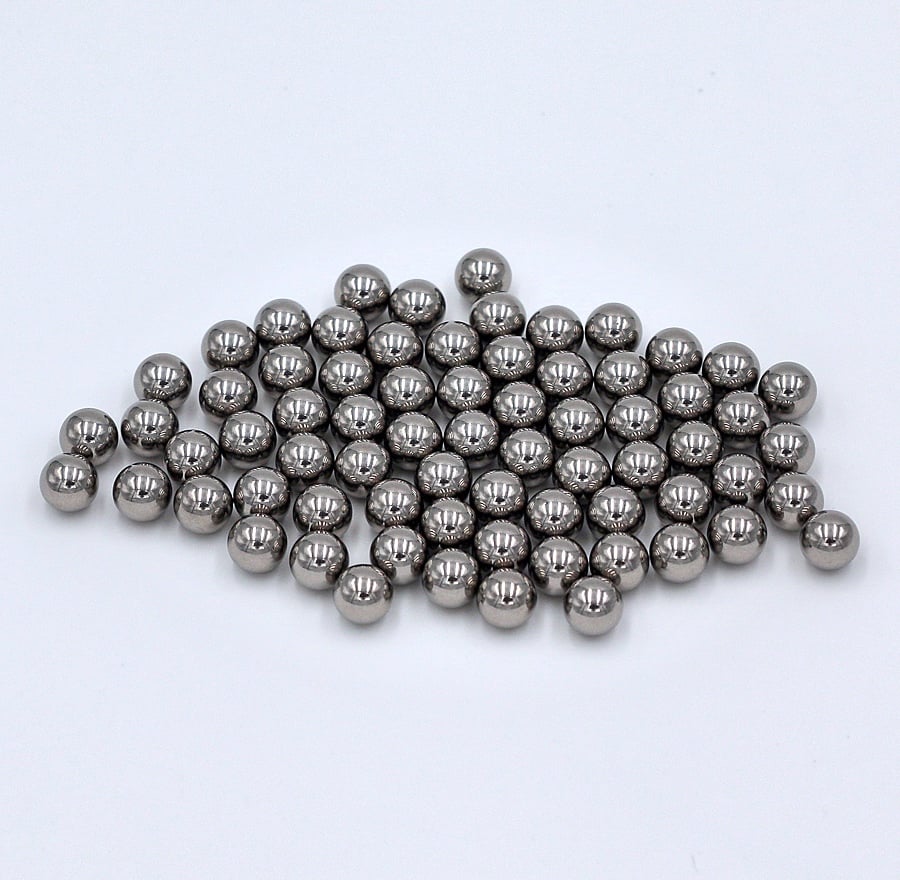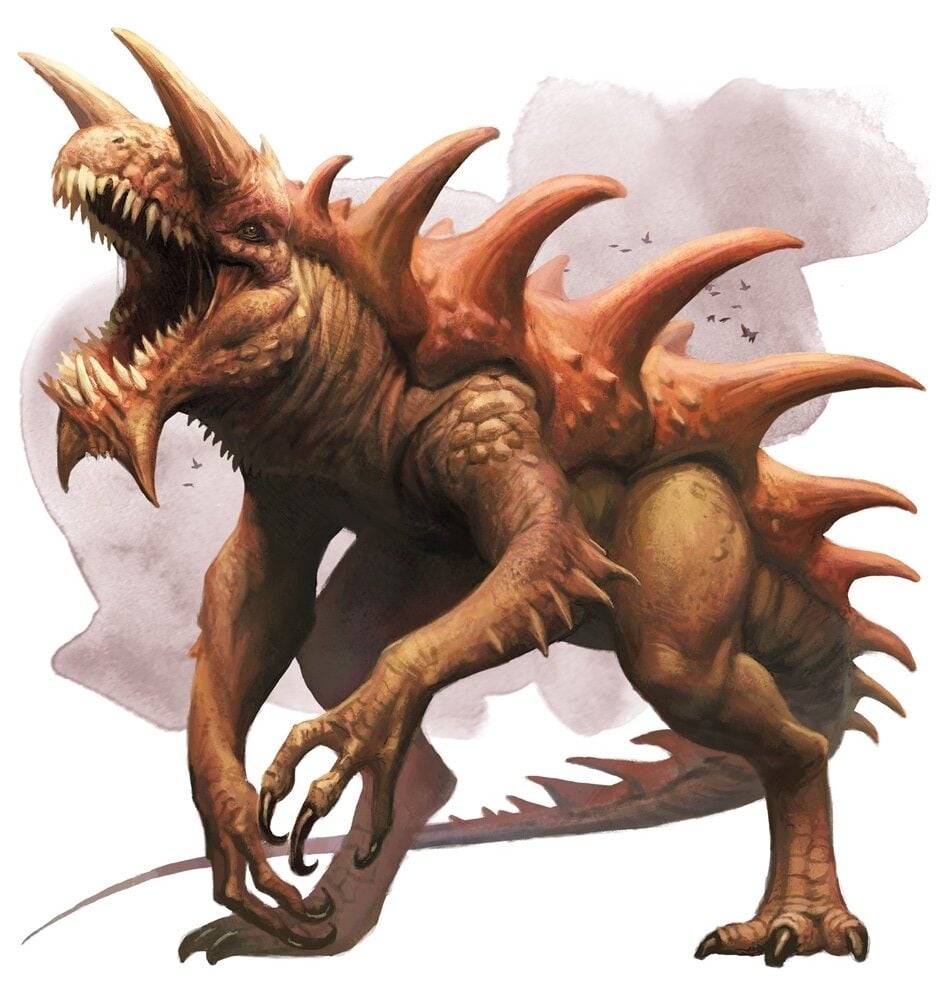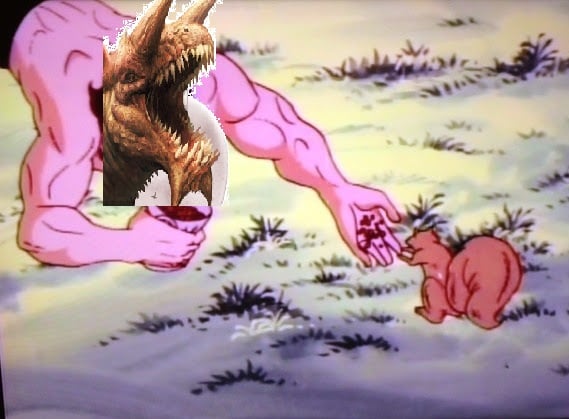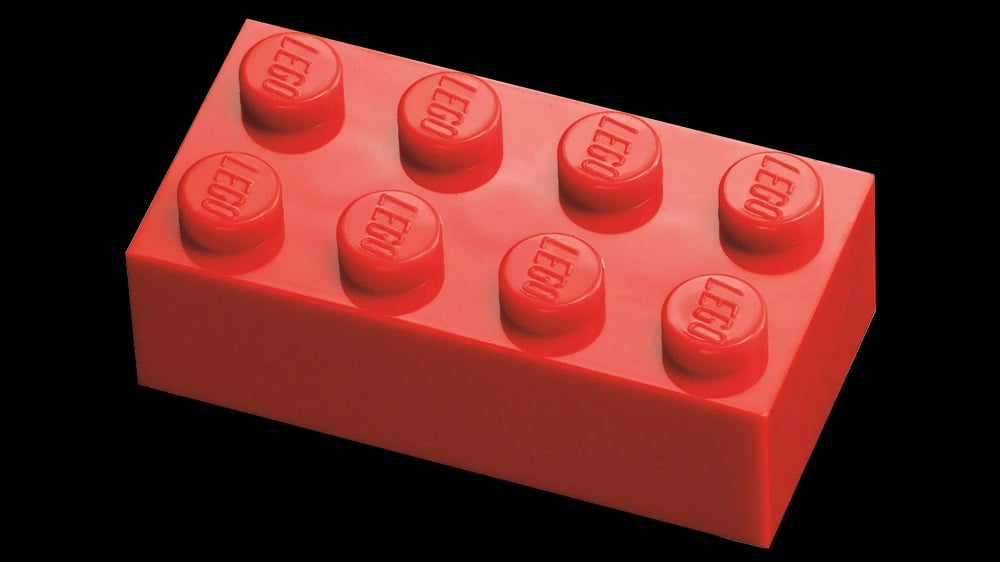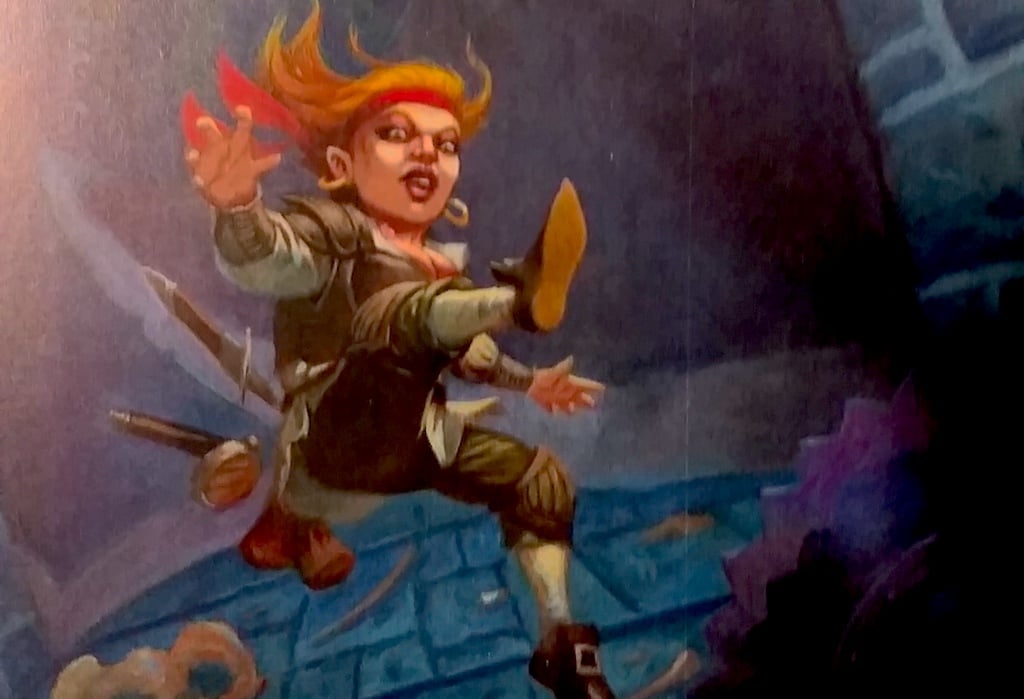How the Tarrasque Breaks D&D
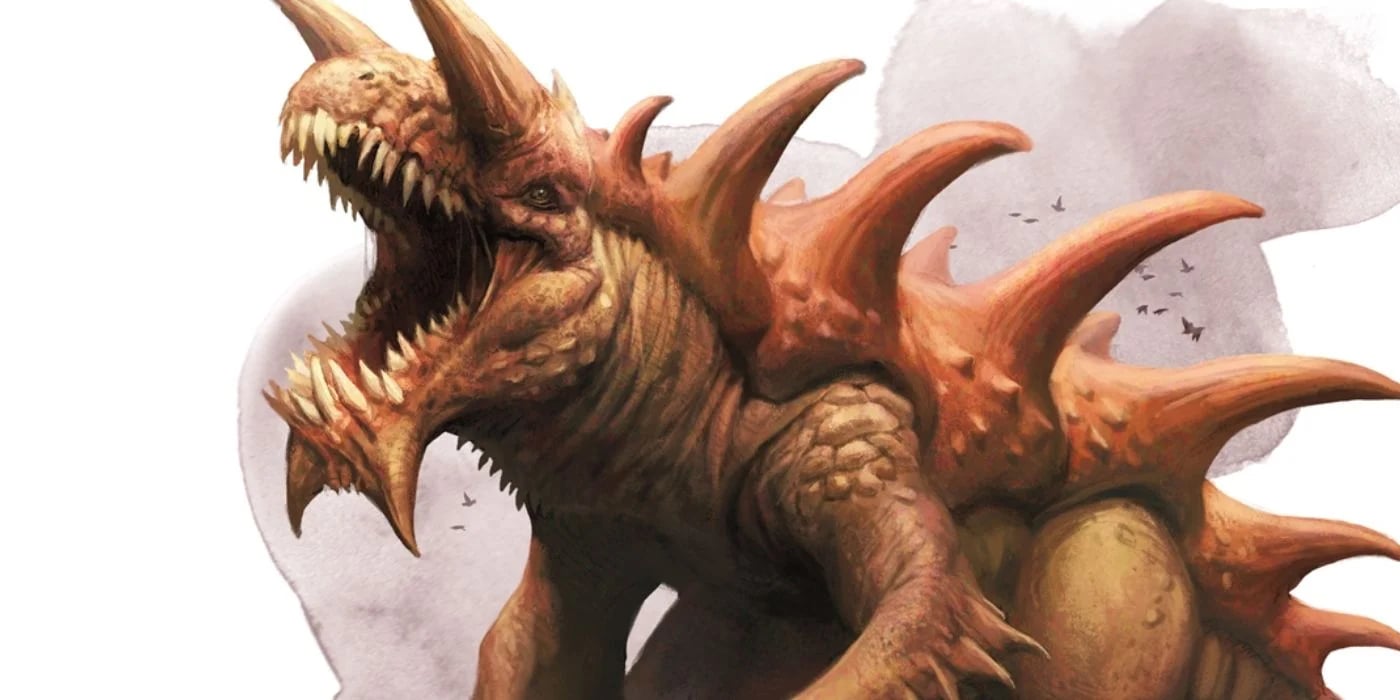
Dungeons & Dragons 5th Edition has rules enough to simulate a world of fantasy adventure. Except for when the Tarrasque shows up.
The Tarrasque is supposed to be one of the most fearsome monsters in all of D&D. Weighing in at CR 30 with 33d20 hit dice, and a Strength and Con of 30, the Tarrasque is beefy.
But there’s a reason for that. In the lore, the Tarrasque is an all-devouring beast that wakes from its slumber in the world’s core and devastates everything. Whether it was intended as a weapon against the gods, as punishment from them, or if it’s something else entirely, the Tarrasque is uniquely destructive.
But the thing the Tarrasque can destroy best of all? The reality of Dungeons & Dragons.
Big Steppy vs. Ball Bearings
One of the ways the Tarrasque breaks D&D is when you consider just how little it takes to stop it in its tracks. This is a gargantuan monster. The Tarrasque is “fifty feet tall and seventy feet long.” It weighs hundreds of tons. And yet, a handful of ball bearings can stop it in its tracks.
How? Look at how ball bearings work:
As an action, you can spill these tiny metal balls from their pouch to cover a level, square area that is 10 feet on a side. A creature moving across the covered area must succeed on a DC 10 Dexterity saving throw or fall prone. A creature moving through the area at half speed doesn’t need to make the save.
The Tarrasque isn’t proficient in Dexterity saving throws. That means, if even part of it–and the Tarrasque is a 20×20 creature, so it’s big – touches the ball bearing area, or ball bearea, it has about a 45% chance of falling down. All it takes is a 1gp item to stop the most devastating monster dead in its tracks.
That’s like throwing a handful of marbles underneath Godzilla’s feat and knocking him down. Here’s an approximation.
But, actually, now that you’ve knocked the Tarrasque prone, it’s harder to hit.
The Tarrasque Drops Prone to Avoid Incoming Fire
In D&D 5th Edition, ranged attacks against any prone creature have disadvantage. The Tarrasque is no exception. So this big guy up there, bigger than your house, taller than the city walls you’re trying to defend, gets harder to hit when on the ground.
Just picture it. The Tarrasque approaching a city, dropping prone and crawling on its scaled belly to avoid incoming ballista fire.
Sure, AC is not just about hitting the creature in general, but actually causing damage. And unless those ballista are magical, somehow, the Tarrasque doesn’t care. But if your city doesn’t somehow have magical ballista bolts, don’t worry you can still hurt the Tarrasque. As long as you don’t attack it.
How Caltrops Stopped the Tarrasque in Its Tracks
Say you’ve got a giant, all-devouring monster bearing down on you, what do you do? If you don’t have magical weapons, you might think you’re in trouble, because the Tarrasque is immune to quite a few things: fire, poison, and bludgeoning, piercing, and slashing from nonmagical attacks. Again, that’s attacks though. This means the Tarrasque can still take damage from anything that isn’t an attack. Falling damage, for instance, isn’t an attack.
And that makes sense. But do you know what else isn’t an attack? Caltrops. Another 1gp item capable of completely stopping the Tarrasque in its traps. Take a look:
As an action, you can spread a single bag of caltrops to cover a 5-foot-square area. Any creature that enters the area must succeed on a DC 15 Dexterity saving throw or stop moving and take 1 piercing damage. Until the creature regains at least 1 hit point, its walking speed is reduced by 10 feet. A creature moving through the area at half speed doesn’t need to make the saving throw.
DC 15! That’s an even harder save for the Tarrasque to make. That’s like a 70% chance of failing. And until it regains its hit points (which it has to take a rest to do), the Tarrasque moves just that much slower.
Spears Don’t Hurt the Tarrasque If You’re Holding Them
As we mentioned above, the Tarrasque is immune to nonmagical attacks. This means that your spear can’t hurt the Tarrasque as long as you’re holding it. But the second you put it at the bottom of a pit? Gravity’s got your back, baby. Pit traps don’t even give you a save.
So with a big enough hidden, spiked pit trap, the Tarrasque just falls and automatically takes damage from the spikes. Of course, it’s not much. And you have to have a lot of pit traps to eventually kill the Tarrasque. But the fact remains, the second you’re not making an attack, the Tarrasque takes damage.
With luck, it might just give up and go eat a town that isn’t covered in spiked death.
To sum up: D&D gets weird, happy adventuring!

